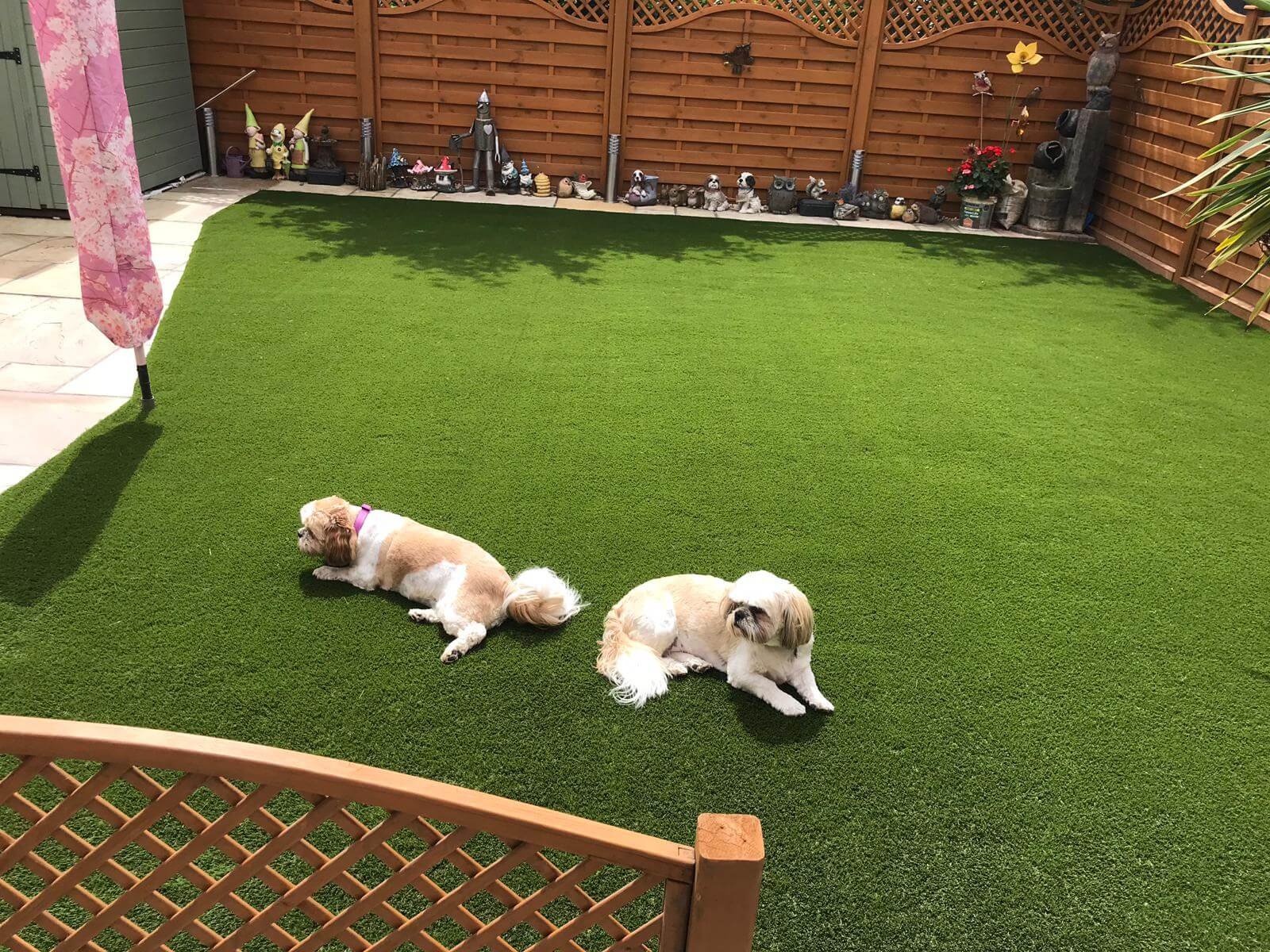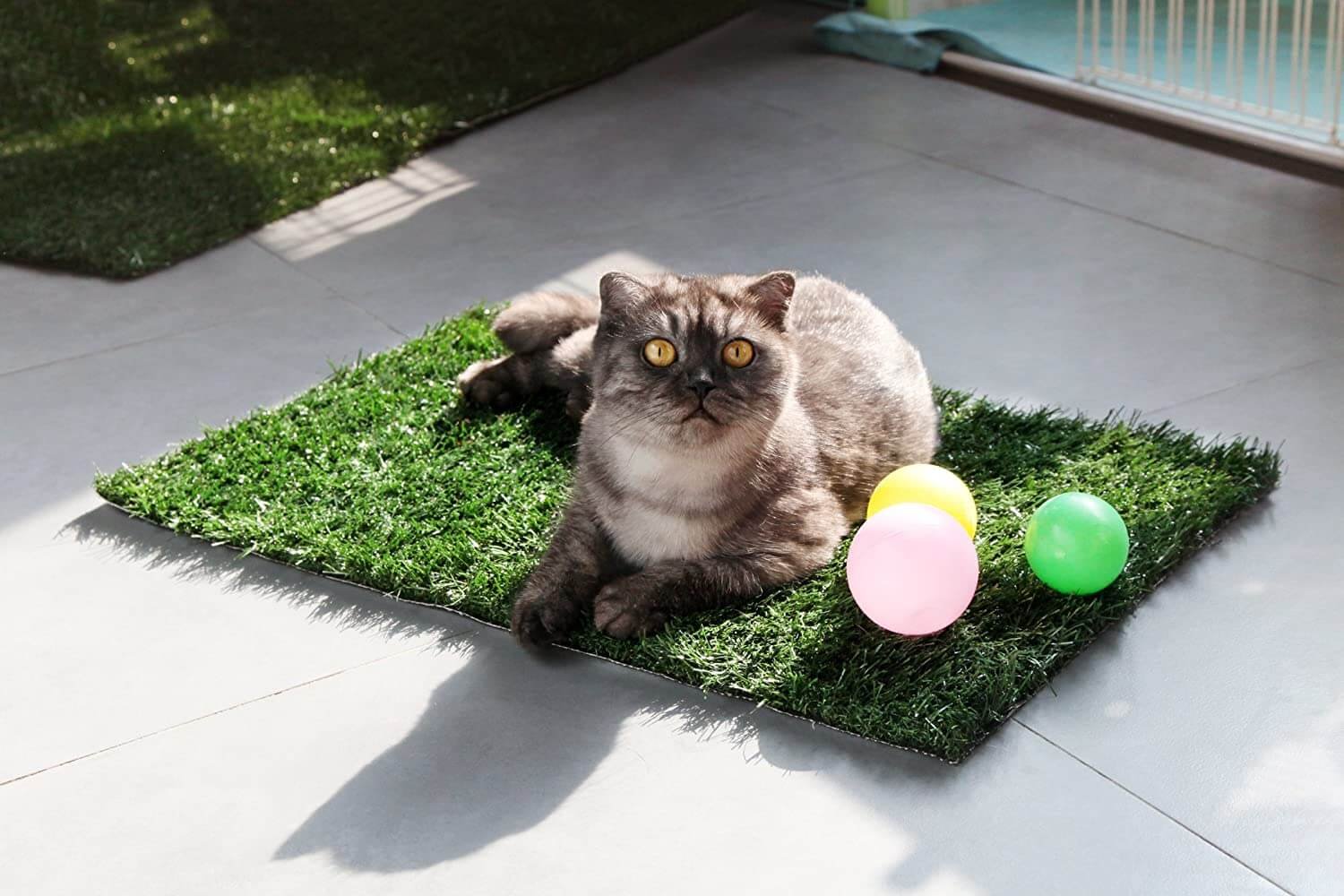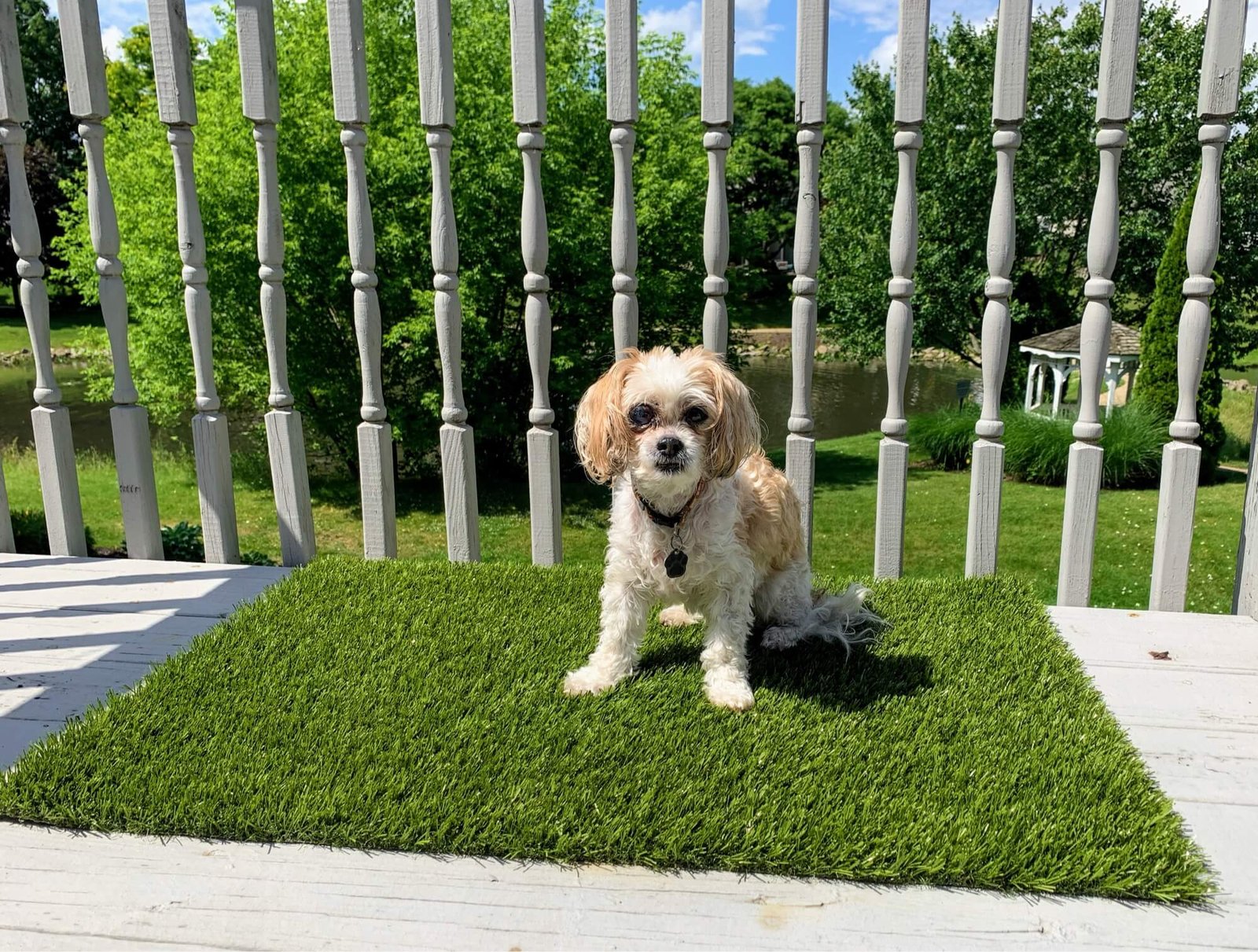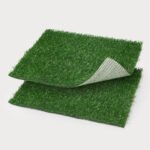1. What is a dog potty pad?
A dog potty pad, or a pet training pad, is an absorbent pad placed on the floor or in a designated area inside the house for dogs to relieve themselves. Dog potty pads are made of various materials, including paper products or specialized absorbent materials. They are designed to minimize odors and make cleaning up after your dog easy. They are commonly used for puppies and small dogs but can be used for dogs of all sizes.
2. What are the benefits of using a dog potty pad?
There are several benefits of using a dog potty pad, including:
- Convenience: Dog potty pads provide a convenient indoor solution for dogs to relieve themselves, especially in inclement weather or when taking them outside is impossible.
- Hygiene: Using potty pads helps control odors and makes cleaning up after your pet easier.
- Potty Training: Potty pads can be used for potty training for puppies and help teach them where it is appropriate to go to the bathroom.
- Easy Transition: Dog potty pads can also be helpful when transitioning a dog from an outdoor to an indoor living environment.
- Medical Issues: Potty pads also provide a solution for dogs with medical issues that make it difficult to hold their bladder until they can go outside.
Overall, dog potty pads are an excellent solution for pet owners who want to provide a convenient and hygienic indoor space for their pets to go to the bathroom.

3. What materials are dog potty pads made of?
Dog potty pads are made of various materials, including:
- Paper Products: Many dog potty pads are made of cellulose-based materials, such as wood pulp or recycled paper, which are both biodegradable and eco-friendly.
- Absorbent Gels: Some dog potty pads have specialized absorbent gels that soak up moisture quickly and control odors.
- Synthetic Fibers: Some high-end dog potty pads are made of synthetic fibers such as polyester, which are ultra-absorbent and help to lock in the urine quickly.
The choice of the material largely depends on the pet owner’s preference and their pet’s needs, as well as environmental concerns, if any.
4. How often should I change the dog potty pad?
Dog potty pads should be changed regularly to maintain hygiene and prevent unpleasant odors in your home. The frequency of changing the potty pad depends on different factors, such as the dog’s size, the frequency of urination, and the number of dogs. A general rule of thumb is to change the dog potty pad after every use or at least every 4-6 hours. If you notice the potty pad becoming wet, it’s best to change it immediately. Additionally, it is essential to regularly clean the area around the potty pad to maintain proper hygiene.
5. Can dog potty pads be used for small and large breed dogs?
Yes, dog potty pads are available in various sizes and are suitable for small and giant breed dogs. Multiple sizes are available in the market to accommodate dogs of different breeds and sizes. Smaller pads are ideal for small dogs, while more prominent places suit big dogs. Choosing the right size of dog potty pad is essential to ensure that your dog has enough space to relieve themselves comfortably.
6. Can dog potty pads be used for puppies?
Yes, dog potty pads are a popular choice for puppy potty training. Potty pads can help teach puppies where it is appropriate to go to the bathroom and prevent accidents inside the house. Potty training puppies can take time and patience, and it is essential to use positive reinforcement when your puppy successfully uses the potty pad. Gradually, you can start to reduce the size of the potty pad and move it closer to the door, eventually phasing out the use of the potty pad altogether as your puppy gets used to going outside.
7. How should I dispose of used dog potty pads?
Used dog potty pads should be disposed of properly to maintain hygiene and eliminate unpleasant odors. Here are a few ways you can dispose of used dog potty pads:
- Trash Bin: Seal the used dog potty pad in a plastic bag and dispose of it in your regular household waste bin.
- Composting: Some eco-friendly dog potty pad brands offer compostable pads that can be placed in your backyard compost bin.
- Flush Down the Toilet: Some dog potty pads are designed to be flushed down the toilet. However, it is essential to check with the manufacturer’s recommendations to ensure the potty pad can safely flush down the toilet.
It is important to note that not all dog potty pads can be disposed of in the same way, and it is essential to read the manufacturer’s instructions for proper disposal.
8. Can potty pads be used for adult dogs with incontinence issues?
Yes, dog potty pads can be used for adult dogs with incontinence issues to provide a convenient solution for indoor accidents. Some dogs suffer from incontinence due to medical conditions, age, or post-operative recovery, making it difficult for them to hold their bladder for an extended period. In such situations, dog potty pads can provide a hygienic and convenient solution, especially when the dog’s owner is not at home for long periods during the day. However, owners should still consult with their veterinarian to ensure no underlying medical issues are causing the incontinence.
9. Are dog potty pads effective for outdoor-trained dogs?
Dog potty pads may not be as effective for outdoor-trained dogs as indoor-trained dogs since they are used to going outside to do their business. However, dog potty pads can still be a backup option for outdoor-trained dogs when they cannot go outside, such as during inclement weather, while traveling, or in urban environments where access to an outdoor area is limited. It’s important to note that outdoor-trained dogs may need to be trained and incentivized to use the potty pads. It may take longer for them to get used to it.

10. How can I train my dog to use a potty pad?
To train your dog to use a potty pad, follow these steps:
- Choose a designated area: Choose a designated area in your home where you want your dog to use the toilet. Place the potty pad in this spot.
- Take your dog to the potty pad: Take your dog to the potty pad frequently, especially after meals and naps.
- Use verbal commands: Use verbal commands such as “go potty” to teach your dog to associate the order with the action.
- Praise and Reward: When your dog uses the potty pad, praise and reward them with treats or positive reinforcement.
- Consistency: Consistently bring your dog to the potty pad until they are used to going in that spot.
- Gradually reduce the size of the potty pad: Over time, reduce the size to help your dog transition to going outside to use the bathroom.
- Reward when your dog goes outside: When your dog successfully goes outside, praise and reward them for reinforcing good behavior.
Consistency and patience are key to successfully training your dog to use a potty pad. With time and positive reinforcement, your dog will learn to use the designated area for their potty needs.
11. What are Loobani dog's grass pee pads?
Loobani is a famous brand that offers grass-like dog potty pads for dogs indoors. These dog potty pads are made of natural grass designed to mimic the feeling of going outside. They are eco-friendly and can be disposed of quickly, making them a convenient solution for indoor potty training. Loobani dog grass pee pads have become famous for pet owners who want to provide their dogs with a natural and comfortable indoor potty experience.
12. How the customers think of Loobani grass pee pads?
From a functional perspective, Loobani dog grass pee pads are an alternative to traditional dog potty pads, offering a more natural and eco-friendly option for indoor potty training. Customer feedback indicates that these dog grass pee pads are easy to use and can be disposed of quickly, making them a convenient option for many pet owners. Overall, Loobani dog grass pee pads are an excellent option for pet owners who want to provide their dogs with a natural and convenient indoor potty experience.



